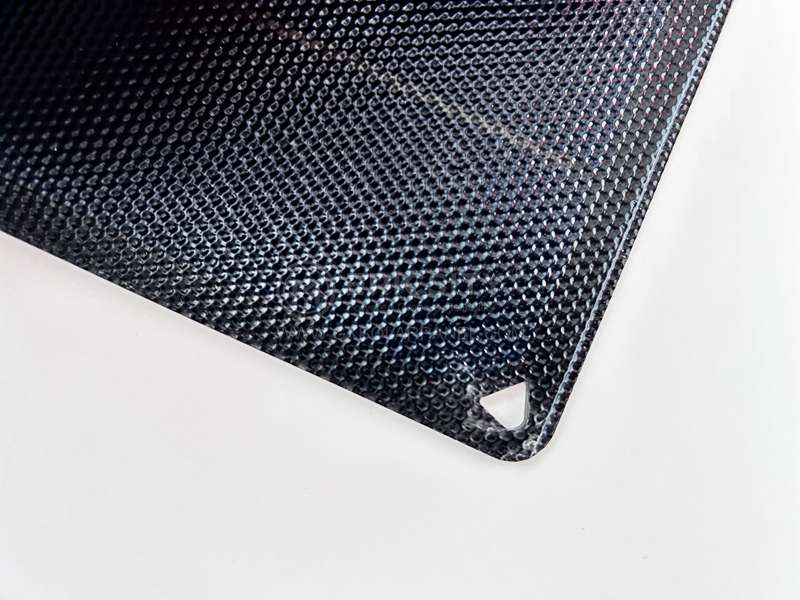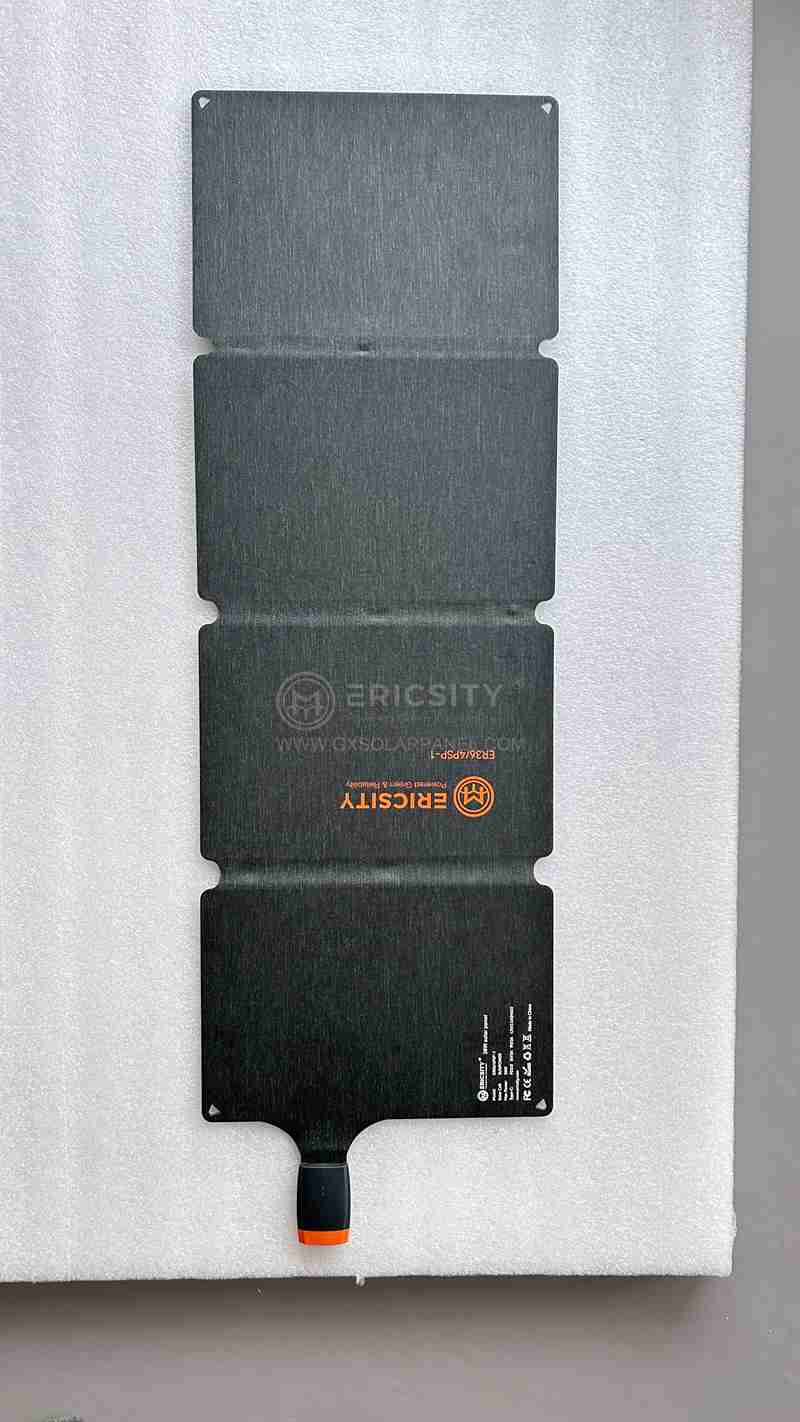HOT PRODUCT
Product Details
Monocrystalline Magic: A Guide To Semi-flexible Monocrystalline Solar Panels
Monocrystalline Magic: A Guide to Semi-flexible Monocrystalline Solar Panels
In recent years, there has been a significant increase in the adoption of solar energy as a reliable and sustainable power source. Among the different types of solar panels available, monocrystalline solar panels have gained immense popularity due to their high energy efficiency and sleek design. In particular, semi-flexible monocrystalline solar panels offer a range of unique advantages for various applications. In this article, we will explore the magic of monocrystalline solar panels and delve into the features and benefits of their semi-flexible counterparts.
Monocrystalline solar panels are crafted from a single continuous crystal structure, which enables them to convert sunlight into electricity with exceptional efficiency. The manufacturing process involves cutting wafers from a silicon crystal ingot, resulting in a uniform and visually appealing panel. The use of monocrystalline cells ensures high power output and better performance, making them suitable for both residential and commercial installations.

What sets semi-flexible monocrystalline solar panels apart is their ability to bend slightly, allowing for greater versatility and ease of installation in various settings. Unlike traditional rigid panels, the semi-flexible ones can conform to curved surfaces, enabling them to be installed on unconventional spaces like boats, RVs, and irregular rooftops. This flexibility expands their application potential, offering greater design freedom for solar integration.
One of the significant advantages of semi-flexible monocrystalline solar panels is their lightweight construction. The flexible nature of these panels makes them considerably lighter than traditional ones, reducing the overall weight on roofs, vehicles, or other structures. This benefit not only simplifies the installation process but also mitigates the potential load-bearing concerns associated with heavier solar panels.
Another remarkable feature of semi-flexible monocrystalline solar panels is their durability. The panels are specifically designed to withstand harsh environmental conditions, including high winds, heavy snow, and even hail. With anti-reflective coatings and robust backsheet materials, they offer excellent resistance to corrosion, UV radiation, and other external damages. This durability ensures a longer lifespan and reliable performance, making them a sound investment for long-term solar energy generation.
Furthermore, the aesthetics of semi-flexible monocrystalline solar panels make them an attractive choice for many users. The sleek and slim design seamlessly integrates with the surface, enhancing the overall appearance of installations. This is particularly appealing for applications where visual appeal is essential, such as architectural projects or marine vessels. The low-profile design also reduces the risk of theft or vandalism, as the panels are less noticeable compared to their bulkier counterparts.

However, it is essential to note that while semi-flexible monocrystalline solar panels offer numerous advantages, they may have slightly lower power output compared to rigid panels of similar size. This trade-off is due to the need for a more flexible material, which may slightly reduce the overall efficiency. Nonetheless, the difference is often marginal, and the benefits of flexibility and form factor outweigh the minor decrease in power generation.

To conclude, semi-flexible monocrystalline solar panels provide a practical and aesthetically appealing alternative to traditional rigid panels. Their flexibility, lightweight construction, durability, and sleek design make them an excellent choice for various applications, such as marine, automotive, or unconventional rooftops. As solar energy continues to grow in popularity, considering semi-flexible monocrystalline panels can be a smart investment towards a clean and sustainable future.




